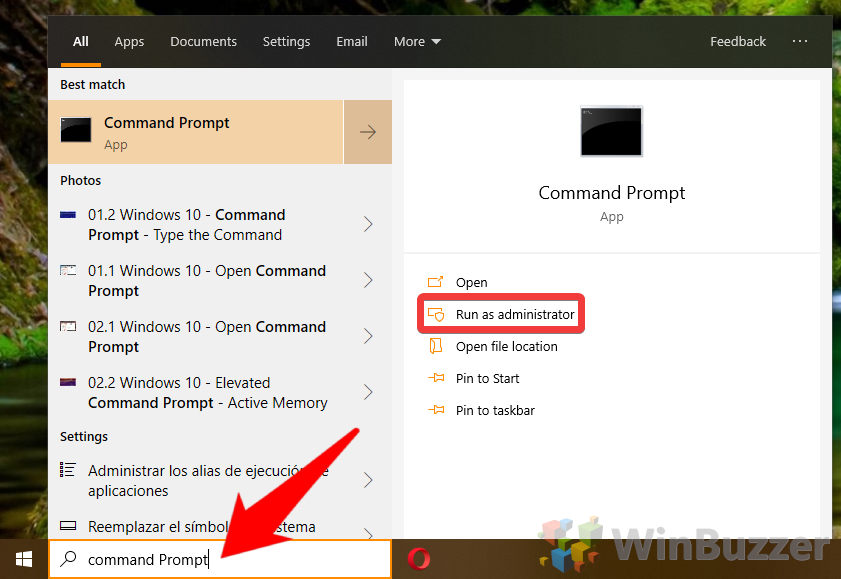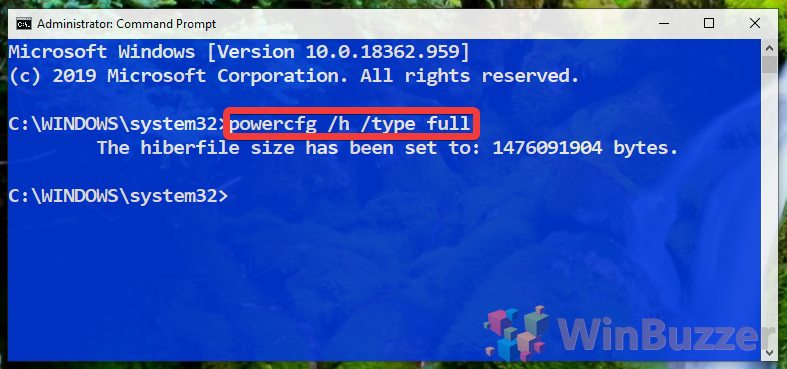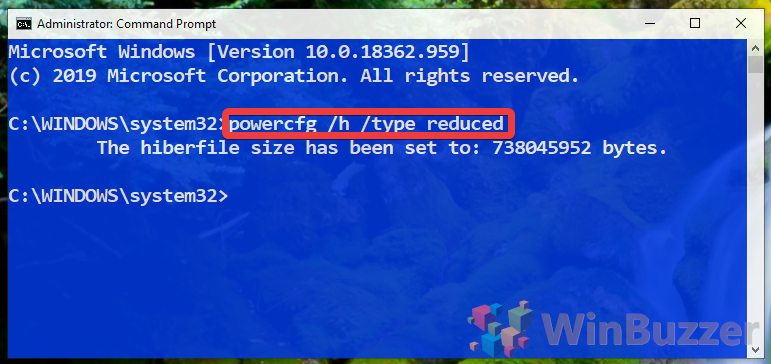What is hiberfil.sys? Unsurprisingly, the hiberfil.sys file is linked to the Windows 10 hibernation feature. The OS saves your system state when you turn off your PC using hibernate, storing your open apps and program states onto your hard disk. In this way, it differs from the classic ‘sleep mode’. By saving your open apps and documents to the system drive, it’s able to shut down entirely. This means that unlike sleep mode, it shuts off entirely, which means a slightly slower startup. However, by default, Windows 10 desktop PCs use a combination of the two – open documents and apps are saved to memory and the hard disk and then the PC goes into a low-power state. This ensures that they’ll still be saved if there’s a power cut or other issue. Then there’s fast startup, a.k.a hiberboot. When enabled, the PC saves an image of the Windows kernel and loaded drivers to the hiberfile.sys. When you start your PC, it loads this into memory rather than restarting the PC, making it even faster than hibernate. The hiberfil.sys file is simply where the application and document data is stored on the disk, whether you’re using hybrid sleep or Windows 10 hibernation. Though it used to be quite heavy, Microsoft has optimized it in recent times, and the hiberfil.sys size is now around 40% of the system RAM, rather than the previous 95%. For even more savings, you can further reduce the hyberfil.sys file size via command prompt. This is what we’re going to show you how to do today:
How to Reduce hiberfil.sys File Size in Windows 10







